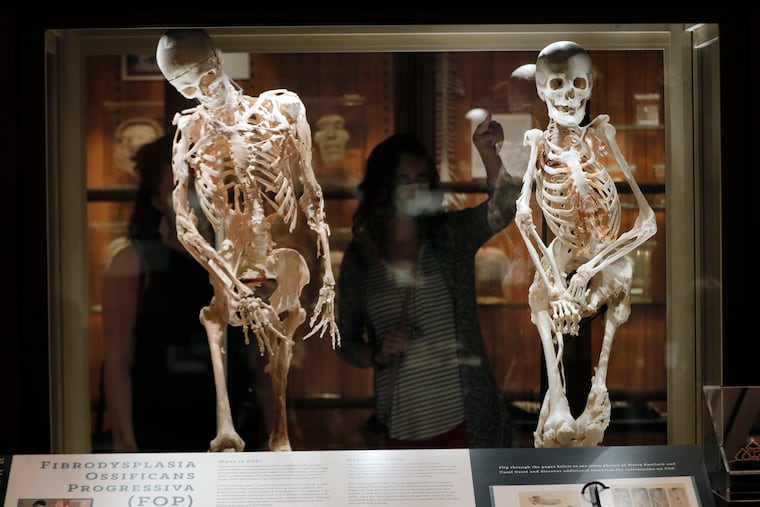New Mütter Museum policy on human remains is a disgrace
In its campaign to preserve the dignity of the dead, the leadership of the College of Physicians of Philadelphia has forgotten how to treat the living with respect.

In its campaign to preserve the dignity of the dead, the leadership of the College of Physicians of Philadelphia has forgotten how to treat the living with respect.
